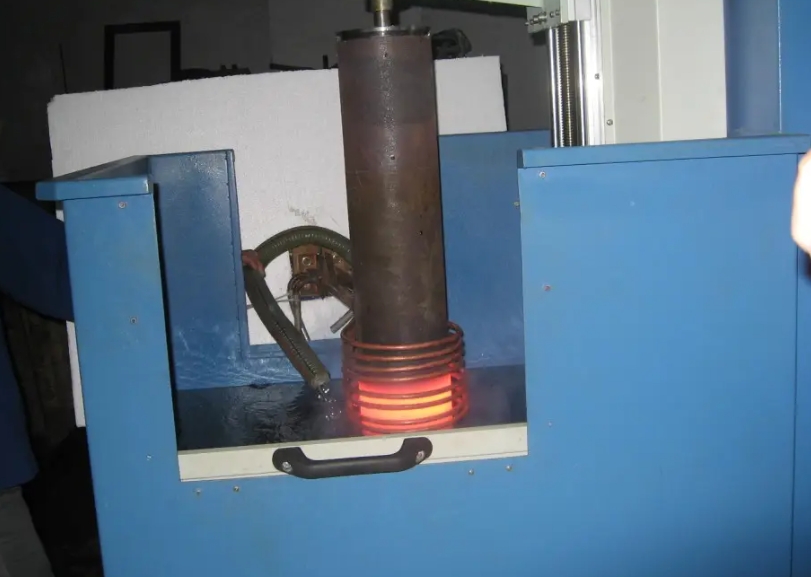- 10
- Nov
Which workpieces are suitable for several heating methods of induction hardening process?
Which workpieces are suitable for several heating methods of ਇੰਡਕਸ਼ਨ ਕਠੋਰ ਪ੍ਰਕਿਰਿਆ?
1. One heating method
One-time heating method or simultaneous heating method is the most common method of induction hardening. When this method uses two rectangular tubes to surround the surface of the workpiece for rotary heating, it has traditionally been called the Single Shot method.
The advantage of the one-time heating method is to complete the entire surface area of the workpiece that needs to be heated at one time. Therefore, its operation is simple and the productivity is high. It is suitable for workpieces with a small heating area. For workpieces with a particularly large heating area, the one-time heating method requires Considerable power supply, high investment cost.
The most common examples of the one-time heating method are medium and small modulus gears, CVJ bell housing rods, inner raceways, idlers, rollers, leaf spring pins, dials, valve ends, and valve rocker arm arcs. and many more.
2. Scanning Quenching Method
When the heating area of the workpiece is large and the power supply is small, this method is often used. At this time, the calculated heating area S refers to the area contained by the induction coil. Therefore, for the same power density, the required power supply is small and the equipment investment cost is low. , suitable for small batch production, typical examples are large diameter piston rods, corrugated rolls, rolls, oil pipes, sucker rods, steel rails, machine tool guide rails, etc.
3. Segmented one-time heating and quenching method
A typical example is multiple cams of a camshaft. One or more cams are heated at a time. After quenching, another part of the cams is heated. Gears can also be quenched one by one tooth by tooth.
4. Segmented Scan Quenching
A typical example is a valve rocker arm shaft or a shift shaft. Scanning quenching is performed on multiple parts on a shaft, and the quenching width can be different. Tooth-by-tooth scanning quenching can also be included in this category.
5. Heating and quenching in liquid
Heating and quenching in liquid, that is, the heating surface of the inductor and the workpiece are both immersed in the quenching liquid for heating. Since the power density obtained by the heating surface is greater than the cooling rate of the surrounding quenching liquid, the surface heats up very quickly. When the inductor breaks After electrification, the surface of the workpiece is quenched due to the heat absorption in the core of the workpiece and the cooling of the quenching liquid.
This method is generally suitable for workpieces made of steel that require a small critical cooling rate. The workpiece is self-cooling and quenching, which means that the workpiece is placed in the air. After the sensor is powered off, the heat of the surface is absorbed by the core of the workpiece. When the cooling rate of the heating surface is greater than the critical cooling rate, it is quenched, which is the same as quenching in liquid. resemblance.

